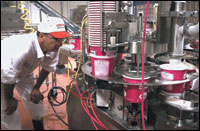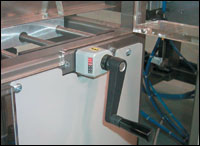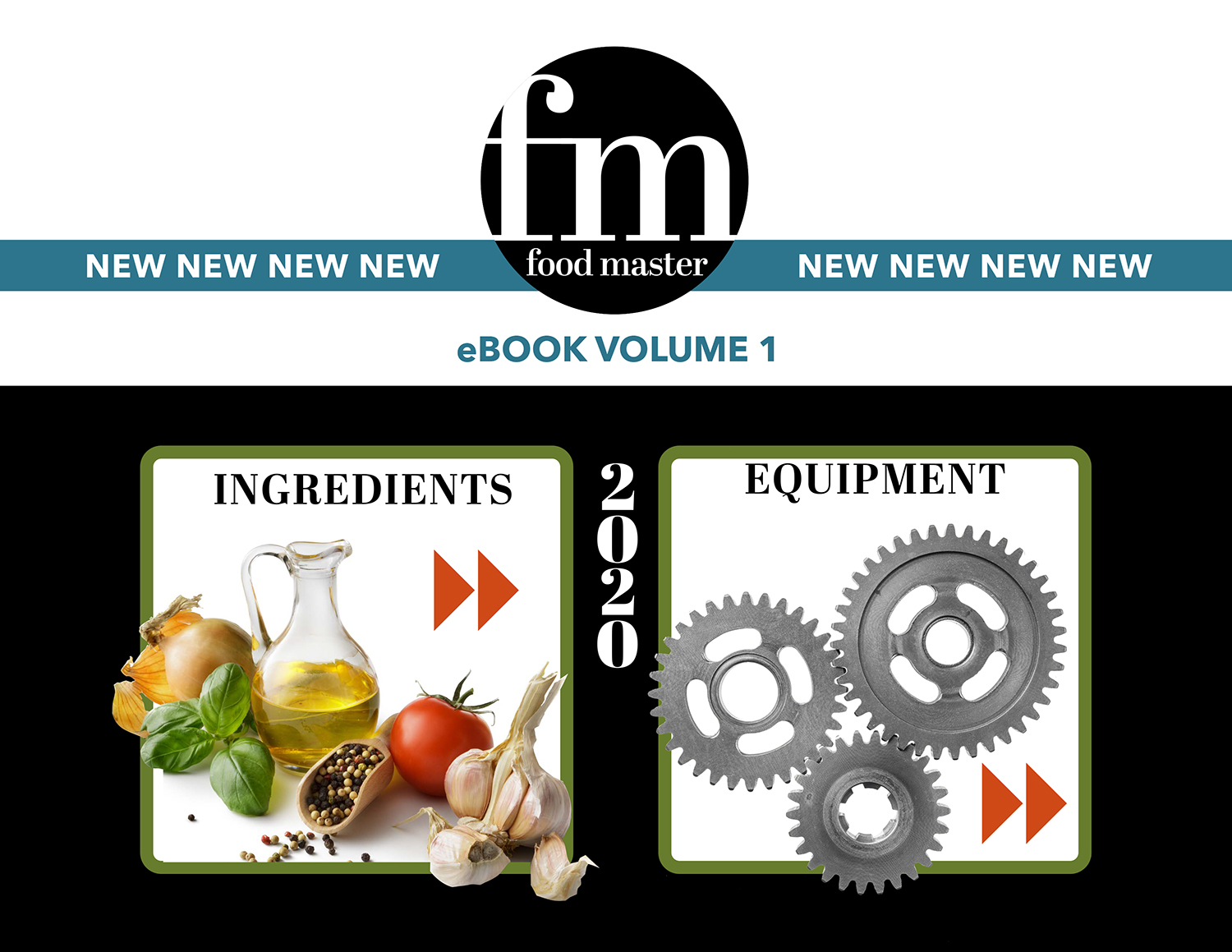Faster Better Changeovers


"Mass customization is driving manufacturers absolutely nuts," groans John R. Henry, who consults with food companies on changeover issues through his firm, Changeover.com. "If consumers say, 'I don't want a package with four Oreo cookies, I want one with three,' the manufacturer has to comply."
Changeovers are not simply a disruption in the rhythm of a plant. They are events where man and machine come together, when personality is introduced as a variable of operations. Understanding and managing that variable is essential if firms are to execute changeovers faster and better than they have in the past.
Packaging accounts for the lion's share of changeovers, so it's not surprising that much of the work done by three changeover experts approached by Food Engineering for this report focuses on that department. What was surprising was the human relations orientation of the three: Henry holds a Master's degree in human resource management; Jerry Claunch, of Claunch & Associates majored in psychology before embarking on three decades' work in manufacturing; and Jim Pfister, president of Finished Goods Enterprises, focused on the human dynamic when devising strategies for minimizing packaging line downtime at Food Engineering's Plant Tech 2001 conference.
All three emphasize that data gathering is the critical first step before any changes are made. But personalities are almost as important in a successful process of identifying problem areas and training operators to execute new procedures. When the art of communications and the science of engineering meet, it's important to have the right personality types working together.
Personality crisis
"If a group of people have to work together for any purpose, you can almost predict the outcome based on the personality types involved," says Pfister, a food engineer based in Mechanicsburg, Pa. "The key is to be aware of that and not allow the personality types to create an impasse."Engineers by nature are detail oriented. They can be characterized as thinkers, Pfister says, and that personality type is perfect for well-defined, targeted changeover projects. But if the project needs to be done quickly and efficiently, they need to be led by a director personality. Plant managers are good examples of the director personality. They prevent projects from bogging down in endless study.
Other changeover projects are very open-ended, and a wide assortment of viewpoints on equipment needs and personnel demands need to be considered. In those instances, a socializer personality should head the project, he says.
Where many projects run afoul is when mutually exclusive personalities are involved. "Directors and socializers tend to drive each other crazy," points out Pfister, and that doesn't bode well for a successful outcome.
Once a compatible changeover team has been assembled, the next step is to devise an action plan that breaks the project down to specific steps assigned to particular people. "Anybody can make a list of the steps that need to be taken, but if you don't tag each step with a specific name and a completion date, nothing is going to happen," Pfister advises. Holding a member of the team responsible is a powerful motivator.
Positive motivation also is needed. For that, he advocates WIIFM: what's in it for me? "Threatening people only demotivates and demoralizes, and that's the worst thing you can do," he says. The answer to WIIFM will vary for each person on the team, but whether it's a promotion or simple recognition, it is a necessary component of a successful changeover project.
Lines of communication
The ultimate changeover solution is to avoid the need in the first place. Unfortunately, the opposite occurs because of a lack of communication between marketing and production. Simple modifications in a new product's packaging design can eliminate many changeovers and optimize production, but manufacturing issues are not communicated and therefore are not considered, according to Henry, who is based in Puerto Rico.To illustrate, he cites a battery manufacturer who hired him to conduct a quick changeover seminar. During the session, it came to light that a portion of the 750 SKUs of private-label, carded stock were shrink-wrapped on packaging cards one-eighth inch longer than the others. "I challenged them why this was done, and they said they didn't realize it was a problem," Henry recalls.
Standardizing on one card size meant absorbing a $200,000 hit for packaging redesign, but the savings in reduced downtime "probably paid for the project in less than a year," he estimates. More importantly, it created a dialogue between marketing and manufacturing.
Henry is developing a best-practices document that cuts across all manufacturing sectors. "There is a lot of parochialism in industry, with companies tending to stick with common practices used in their own segment," he notes, "but there are a lot of generic ideas that can be applied across the board.
"In pharmaceuticals, written procedures are developed for everything, and you don't make a change without SOPs," he says by way of example. "In other industries, changeovers may be done in whatever way the mechanic who is doing it thinks is appropriate."
SOPs must include the set points for each adjustment, and Henry advocates using gauges, tachometers and digital indicators to ensure that machine adjustments are consistent day to day, shift to shift. Scribe marks and other inexact set-points are major culprits in changeovers that result in excessive time spent getting a line back to optimal operating speed.
"A lot of people still don't count set-up, start-up and clean-up time as part of the changeover, but they should," he says. "Some companies spend two shifts getting a line settled down after a changeover. Some never do: they're on to the next changeover before ever settling down the line."
Startup issues following a changeover usually account for the bulk of downtime in production and packaging, notes consultant Claunch, who is based in Palm Beach Gardens, Fla. "People tend to focus on ways to increase product flow on their lines, but that's a non-issue. The issue is the time that the line is not running at its rated capacity."
The first priority of a changeover project should be setup reliability, then speed, so machines with precision tools built in are invaluable.
For example, a digital indicator costing less than $100 can be attached to a case erector, "and they allow you to resolve one turn of the crank down to a very precise one-hundredth turn," says Henry.
"If you have the same person do the same setup twice, they'll probably do it differently each time," he adds. "Measurability has to be built into the process if it is to be consistent and repeatable."
Data and documentation
Manufacturers must understand, measure and monitor their procedures before looking for corrective measures."If you don't have a good database, a changeover project can be risky and downright dangerous," Pfister says. "People need to know the steps involved in a changeover and the personnel and time required for each before making any changes, but often times that information isn't available."
Improperly calibrated guide rails are probably the leading cause of setup snafus, Claunch suggests. "On fillers, I often see problems in alignment between the filler and the containers. Case packers always have problems getting product into the case, and with palletizers, you're back to rail-adjustment problems."
But it's not enough to know where the problems are; the frequency and duration must be documented, he adds. Machine repair times, the cause of the problem and other variables need to be quantified. "Data gathering is hard work, but it's time well spent," says Claunch.
"Reducing changeover times by 75 percent is pretty realistic," Pfister concludes. "But it's a process, and you're probably looking at spending some capital."
"I'm against counting on technology to solve our automation challenges," argues Claunch. Replacing a mechanical machine with a servo-driven unit typically only results in a 15 to 20 percent savings in changeover time, he suggests. Manufacturers are better served by focusing on process improvements.
"The goal should be zero downtime" after a changeover, Claunch flatly states. "If you set a goal that is more than zero, you stop when you get there."
Changeover improvement isn't a 12-step program but an ongoing process. Plant personnel who fail to recognize that are doomed to repeat their errors.
Looking for a reprint of this article?
From high-res PDFs to custom plaques, order your copy today!






